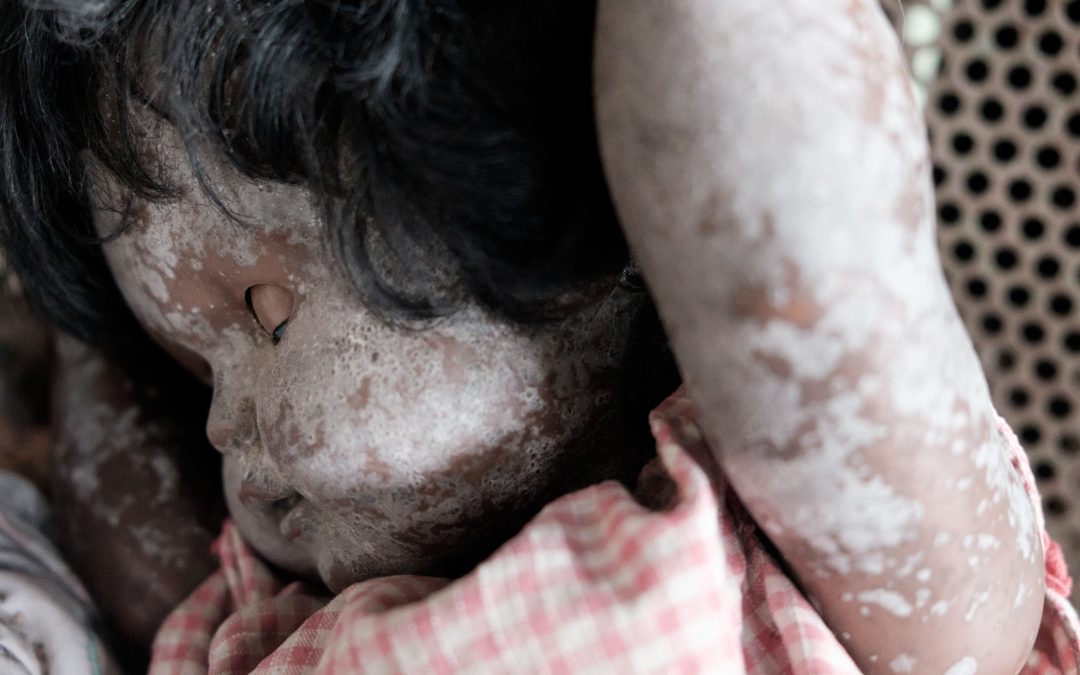I had the opportunity to train for a day with the NYC Fire Department with my Wharton AMP cohort. It was grueling, rewarding, and life-changing. I don’t care what firefighters say: Even in full firefighter gear, with oxygen, mind you, 900 degrees Fahrenheit is really freaking hot! We went through a lot of evolutions: a subway rescue mission after a simulated accident, knocking in doors with axes, hauling fire hoses up and down stairs, and crawling through confined spaces — and always in full gear.
In the midst of all these evolutions, one of the most emotional moments of my life was facing a wall of 343 individual pictures of the firefighters who died on 9/11. The air was still in the silence between us, as we reflected on that horrific day and the heroes that paid the ultimate price. Like I said, life-changing.
There were 64 of us who participated in FDNY Firefighter for a Day. We were seasoned executives from around the world: executives who had built organizations from the ground up, CEOs of banks and Fortune 500 companies, wizard-level CFOs, big pharma execs, oil tycoons, and me. All but one forgot the baby. That equates to 63 dead babies.
Chillax! No babies actually died during our training. Granted, I think some of us turned into babies during the course of the day with what the FDNY put us through. 63 out of 64 high-level executives from around the globe forgot the baby. How could you forget the baby?!
It all went down during one of the evolutions (not to be named). I can tell you that it occurred in a confined, blackout space that was claustrophobic as hell, with 200-pound dummies strewn about and fake smoke everywhere. Our first time through was without an oxygen tank. The goal was to escape and navigate certain obstacles below, above, and beside you. The first run through was easy, even with our anxiety rising. The second run through was with an oxygen tank on your back — just a wee bit more difficult. Same course, same objective. About halfway through the course, the darn carpet rolled up under me, and I got stuck. With the addition of the oxygen tank, I was wedged between a low ceiling and a jacked up carpeted floor. Panic began creeping in, as I used my legs to push off the side walls to propel my body forward, up, over — then I was walking, jumping — there was a light. Got to get out of here, I repeated to myself, as I scrambled toward the light.
Made it. Safe. Take that!
At the conclusion of the day, we all gathered for a well-deserved meal at the FDNY Academy dining hall on Randall’s Island — aka “The Rock.” Commander Ragan conducted some critical after-action reviews. Then he asked one of us, Peter, to join him at the podium. He handed Peter an ugly, charred baby doll and asked Peter to introduce the baby. Peter had rescued the baby during the confined space, blackout, claustrophobic as hell, 200-pound dummies strewn about, fake smoke everywhere evolution.
That hadn’t been carpet I got stuck on. I had gotten stuck on the baby. And I’d pushed the baby out of the way to save my own skin.
I hadn’t noticed the baby. Around the room, light bulbs burst, as 62 other executives also realized that they never noticed the baby.
Leadership Lesson: Think Broadly
We oftentimes have a narrow field of view — thinking only of me, myself, and I, especially in high-stress situations. Great leaders think much more broadly. Great leaders think about the longer term goal, the impact of their actions on others, and how to ensure involvement from all parties — seen and unseen. They are inclusive, they never forget a detail. They don’t forget the baby.
We never got a straightforward answer from Peter about rescuing his baby — way too humble of a guy. We reached the conclusion it was his mix of formal leadership as a military defense minister and his deep experiential leadership activities (one of which was climbing Everest) and taking the time to reflect on his experiences to learn and grow. He thought broadly, and he rescued the baby. The rest of us were just trying to escape with our own skin.
Don’t forget the baby.
Note. This article as originally published in PsychToday, At a Higher Level.

